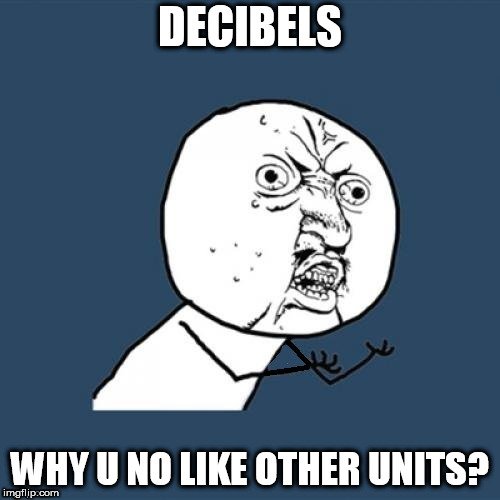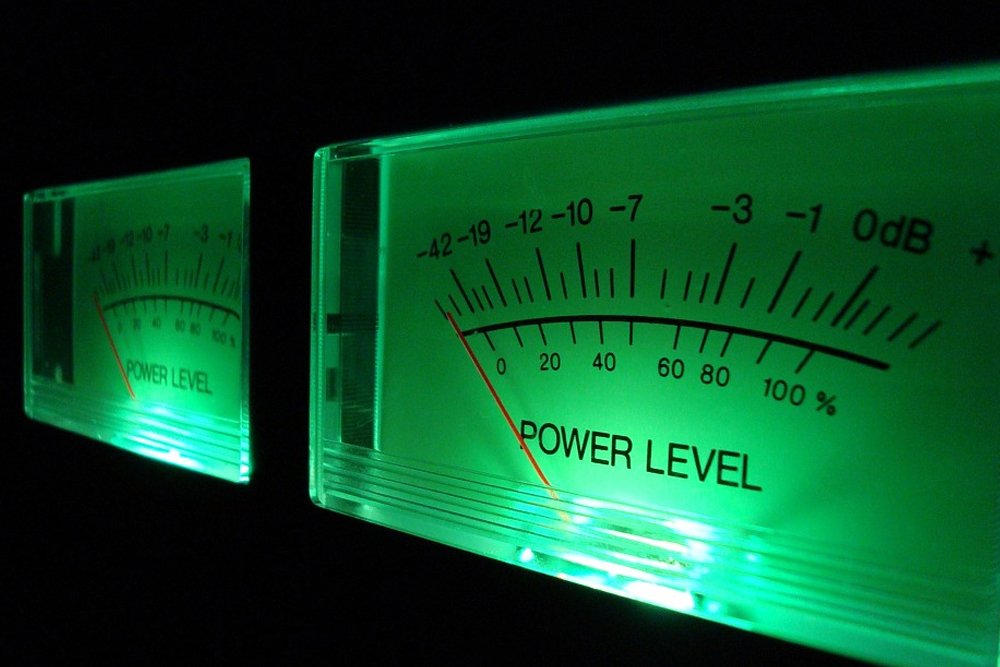Table of Contents (click to expand)
The decibel is used to measure sound levels. It is represented by dB and is widely used in signals, communication, and electronics. The term decibel can be used to express an absolute value or a change in value (+1 dB or -1 dB).
The term ‘decibel’ is used worldwide to measure sound levels in a given setting. A decibel is a unit of measurement used to express the ratio of one value of a physical property to another. Decibels follow a logarithmic scale; you can also say that decibels are an exponential unit. In the medical context, decibels are related to normal hearing.
In most metropolitan areas, music may not be played louder than a certain number of decibels after a certain time at night. In certain areas, such as hospitals or schools, they are labeled as “silent zones,” meaning that the noise level in and around these areas must not exceed a certain decibel limit. Decibels are used to express the volume in many other places, as it is primarily a volume unit.
However, it differs significantly from normal units such as meter, kg, Hertz because the decibel is actually a ratio between two values.
Decibel Definition
The decibel is used to measure sound levels. It is represented by dB and is widely used in signals, communication, and electronics. The term decibel can express an absolute value or a change in value (+1 dB or -1 dB). If it’s used in the former case, it signifies the ratio of a value to a reference value.
The decibel is a fairly misunderstood unit of measurement. It is so interesting that the decibel is NOT a unit in the sense that a kg or meter is. Those two are defined quantities of mass and distance; they never change, regardless of how they are expressed. This is not so in the case of decibels, as a decibel is a relationship between two values of power.

Decibels are designed to allow us to comfortably talk about numbers of different magnitudes, such as 63 and 712,000,000,000,000. It is quite a nuisance to set the number of zeros correctly with such large numbers, especially when you have to use such numbers very often. Sure, you could use scientific notation, but there is still a certain awkwardness in this approach.
For the sake of simplicity, we determine the ratio between the two numbers and convert it into a logarithm. For this reason, a decibel expresses the ratio of one value of one physical property to another on a logarithmic scale. When dealing with power quantities, the number of decibels is ten times the logarithm to base 10 of the ratio of two power quantities.
In simple words, decibels tell you that “10 to the power of this number gives you the ratio of these two quantities.”
For instance, something that is 10 times as powerful as a reference value is 102 times powerful, so that becomes 20 decibels.

Also Read: How Do Devices Determine The Strength Of Wi-Fi Signals?
Why Do Decibels Follow A Logarithmic Scale?
As already mentioned, a logarithm makes it infinitely more convenient to deal with numbers when discussing values with large differences, which is the main reason why decibels are logarithmic.
You see, the human ear is capable of hearing a wide range of sounds. In fact, the ratio of the sound pressure that causes permanent damage to the ear to the limit that (undamaged) ears can hear is more than a million! Due to the sheer size of the range, logarithmic units come in very handy in some situations.
Also Read: How Did Decimals Evolve And Why Do We Need Them?
How Can The Decibel Value Be Negative?
Decibels are not an absolute measure of sound energy but a comparison with a reference value.

Decibels are similar to the Celsius scale in the sense that it sets 0 as the freezing point of water, which means that this scale measures the temperature of things in relation to the freezing point of water. Likewise, 0 dB is the threshold of human hearing, i.e., the faintest sound that the human ear can hear without artificial help.
0 dB means that you are right at the threshold of human hearing. A positive dB means that the sound is a few times louder than the threshold, while a negative dB means that you are a few times softer than that threshold.
Additionally, 0 dB also depends on the setting/context of the situation. For instance, when dealing with professional sound equipment, 0 dB usually refers to the loudest level before distortion begins.
Decibels have no objective relation to acoustics, but we use them because it is a convenient way to express noise levels in discussions regarding the human hearing.
Test how well do you understand negative decibels

